Submissions
Submission Preparation Checklist
As part of the submission process, authors are required to check off their submission's compliance with all of the following items, and submissions may be returned to authors that do not adhere to these guidelines.- El envío no ha sido publicado previamente ni se ha sometido a consideración por ninguna otra revista (o se ha proporcionado una explicación al respecto en los Comentarios al editor/a).
- El archivo de envío está en formato OpenOffice, Microsoft Word, RTF o WordPerfect.
- Siempre que sea posible, se proporcionan direcciones URL para las referencias.
- El texto tiene interlineado sencillo; 12 puntos de tamaño de fuente; se utiliza cursiva en lugar de subrayado (excepto en las direcciones URL); y todas las ilustraciones, figuras y tablas se encuentran colocadas en los lugares del texto apropiados, en vez de al final.
- El texto se adhiere a los requisitos estilísticos y biliográficos resumidos en las Directrices del autor/a, que aparecen en Acerca de la revista.
Copyright Notice
Copyright notice
The author is solely responsible for the truthfulness and honesty of the content of his work. Therefore, it is recommended to always give the corresponding credits to the work of others. In case of intellectual plagiarism or damage of any kind, the Editorial de la Juan will not assume any responsibility in this regard. In the event that any publication incurs in partial or total plagiarism, the author will be sanctioned according to the Editorial Committee's decision.
Copyright notice: once the document complies with all the characteristics for publication, the coordination sends the author the copyright notice in order to transfer the rights to the Fundación Universitaria Juan de Castellanos; also, in order to confirm that the text does not have text whose publication violates copyright. The author must resend it within a maximum period of two (2) days to the official contact email.
Privacy Statement
Los datos personales suministrados a la revista serán tratados de acuerdo con la política de tratamiento de protección de datos personales de los titulares de la Fundación Universitaria Juan de Castellanos, la cual puede ser consultada en el enlace https://www.jdc.edu.co/politica-de-tratamiento-de-datos-personales, exclusivamente para los fines relacionados con su objeto social y conforme a la Ley 1581 de 2012.



